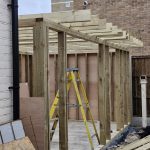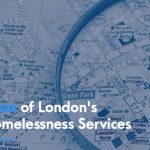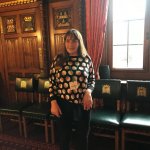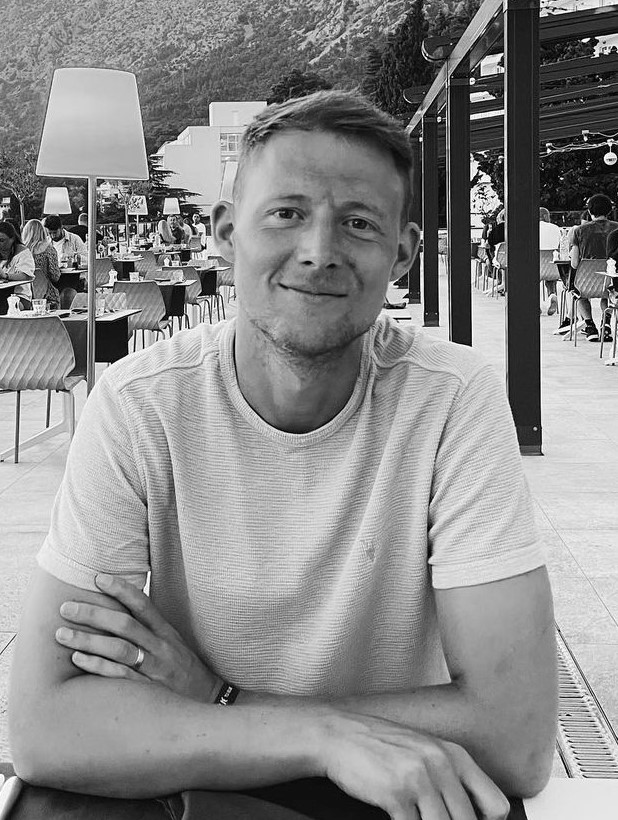For our latest Atlas blog, Atlas project manager Becky Rice, and Sabrina Pathan, Housing Needs Manager from the London Borough of Hackney, explored the Borough Focus map for Hackney.
For more information about the borough focus please see the introductory blog in this series.

Outreach
People currently experiencing rough sleeping are served by LB Hackney’s dedicated Outreach Team commissioned using Rough Sleeping Initiative funding.[i] Before 2019 the borough relied on the pan London Street Rescue service commissioned by the GLA, which provides less regular coverage due to the larger area the team covers. Having a dedicated borough outreach team is felt to be hugely beneficial; ‘It makes every difference. The staff know the area, the people and can form meaningful relationships, they can also provide an immediate response when the borough asks them to and be really responsive to our efforts to end rough sleeping’. (Sabrina)
The outreach team comprises three outreach workers and three navigators; this approach means that the outreach workers are able to act to bring people in as quickly as possible, while the navigators work to build relationships with people who face barriers to taking up accommodation.
The graph above shows a significant increase in the numbers of people contacted by outreach teams (CHAIN figures for the number of people contacted sleeping rough by outreach teams over one year) who were sleeping rough, but much of this increase is due to better outreach coverage and intelligence; where there is more outreach provision more people will be found and assisted.
Day services
There are two-day services represented in the Atlas for Hackney; the Greenhouse Centre a multi-agency hub and a more traditional voluntary sector day centre.
- North London Action for the Homeless.
The service is not commissioned by the borough directly. Having this independent voluntary service, is a valuable addition to the network of homelessness services. Sabrina described it as ‘a non-judgemental, calm space where the outreach team will sit and meet with people’.
- The Greenhouse
Hackney’s Greenhouse Centre is truly central to services for people experiencing or at risk of homelessness who do not have dependent children. The hub brings professionals together; for example, the outreach team operate from the hub alongside health and other specialists.
The centre offers comprehensive housing, welfare and employment advice and support coupled with a full health offer. In addition, it provides many additional services including care of address mail service, food, clothing and showering facilities for people experiencing street homelessness, access to Street Vet and Street Storage organisations.
Operating as a partnership between Hackney Council, City and Hackney Clinical Commissioning Group (CCG) and Thames Reach, the premise of the Greenhouse is to provide an effective, holistic service to serve people who may face multiple needs and challenges in moving on from homelessness.
Accommodation
The main accommodation pathway for people who have recently experienced rough sleeping in Hackney and have a local connection to Hackney, is via the three St Mungo’s projects shown on the list of services on the left-hand side of the image above. The pathway is commissioned and delivered using a Psychologically Informed Environments framework.[ii] It comprises 120 spaces: a larger hostel at Mare Street then two smaller projects; one with 19 spaces and a women’s only service with 31 spaces.
In addition to the ‘rough sleeping pathway’ there are two other mental health supported housing services targeted at people with experience of rough sleeping providing an additional 145 spaces. Also, some people contacted rough sleeping will go into temporary accommodation provided directly by London Borough of Hackney for example, while they are being assessed under the HRA relief duty or where there is a duty to provide interim accommodation.
The volume of accommodation available to people experiencing rough sleeping has reduced dramatically over recent years – the current picture compares to over 700 spaces in the rough sleeping pathway five years ago. In assisting people off the streets, hostels and supported housing are not the only routes the team at the council consider; provisions under the Homelessness Reduction Act (HRA) also support moves off the street into temporary accommodation. Provision under the HRA is also used to link people back to areas where they have a local connection, if they do not have a connection to Hackney.[iii] Mare Street is a large hostel by today’s standards and the team is able to support people facing a wide range of complex issues. While larger more ‘old school’ hostels are less favoured now, Mare Street is a huge resource to enable people to move into accommodation from the streets quickly to provide ‘the very best example of a larger hostel’.
Move on
The move on from the pathway tends to be into private rented accommodation or into Clearing House accommodation.[iv] Making sure that Hackney makes the most of the Clearing House as a resource has been identified as critical to ensuring move on from supported housing and hostels. The borough now has access to Housing First spaces through a joint Housing First project with the City of London. The service supports 20 people overall so the Atlas shows ten in the City and in Hackney; currently more of the people supported are from Hackney than the City.
Everyone In – providing emergency accommodation during lock downs in 2020
Everyone In figures show that 169 people were accommodated by LB Hackney in their own provision or Pan London provision by June 2020. Everyone In saw some great successes in Hackney for people who had been street homeless for many years. Sabrina thought in particular of someone with a high level of alcohol need, living on the streets, who is now in settled social housing and another person who had lived outside for many years who was, after being given time and support, able to sleep in a bed and agree to a medical appointment. Part of the success was “the sense that people had a shared experience, of sleeping rough, of the pandemic and of being in the hotel. This created a sense of community, so was less isolating for people”. (Sabrina)
It was really interesting to talk through the services shown for a borough and reflect on these. Thank you to Sabrina and to Hackney for being first up! If you would like the borough you work in to feature, and would be happy to take part in an interview to provide your perspective please get in touch with Becky becky.rice@lhf.org.uk
If you have a housing problem and need to contact LB Hackney you can find information here: https://hackney.gov.uk/single-homeless
[i] The Rough Sleeping Initiative is a government initiative providing funding to selected local authorities. It was first announced in March 2018 to make an immediate impact on the rising levels of rough sleeping. [ii] PIE – A Psychologically Informed Environment (PIE) … is one that takes into account the psychological makeup – the thinking, emotions, personalities and past experience – of its participants in the way that it operates. It’s an approach to supporting people out of homelessness, in particular those who have experienced complex trauma (Taken from Homeless Link website January 2022) [iii] Local Connection – councils usually consider whether an individual has a local connection to determine their responsibilities for rehousing. This is based on connections to the area including living or working or having close family in the area. [iv] See the Atlas Glossary to find out more about the Clearing House, CHAIN, Housing First and accommodation. https://www.lhfatlas.org.uk/methods-and-data/glossary




